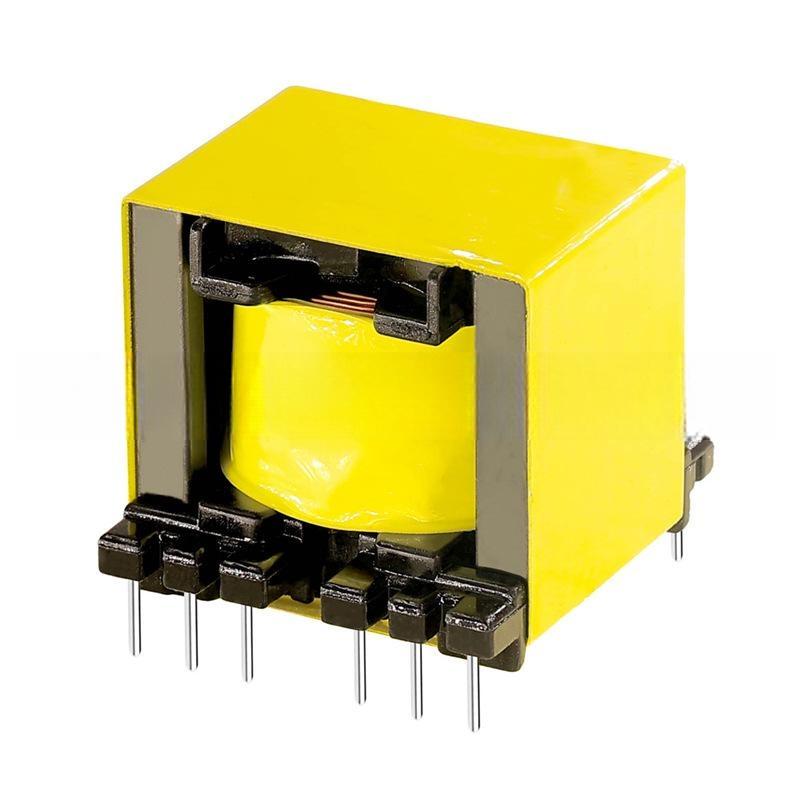
An inductor is a passive component that generates inductive reactance through the principle of electromagnetic induction. Based on differences in structure and working principle, inductors can be categorized into several types, including air-core coils, iron-core coils, transformers, and coupled coils. The key parameters of inductor coils include inductance value, coupling coefficient, time constant, and energy loss. Common inductor coils include high-frequency inductors, low-frequency inductors, transformer coils, and coupled coils. These components play an important role in electronic circuits and power systems, and are applied in different fields according to their distinct characteristics.
An inductor is a passive component that generates inductive reactance through the principle of electromagnetic induction. Based on differences in structure and working principle, inductors can be categorized into several types, including air-core coils, iron-core coils, transformers, and coupled coils. The key parameters of inductor coils include inductance value, coupling coefficient, time constant, and energy loss. Common inductor coils include high-frequency inductors, low-frequency inductors, transformer coils, and coupled coils. These components play an important role in electronic circuits and power systems, and are applied in different fields according to their distinct characteristics.
Inductors are passive components that generate inductive reactance through electromagnetic induction and can be divided into different types based on their structure and operating principles.
Air-core Coil Inductors: These inductors are wound from insulated wire and have an empty center without any magnetic core. Their main feature is a relatively high inductance value, making them suitable for high-frequency circuits and devices.
Iron-core Coil Inductors: Made by winding insulated wire around a magnetic core, which may be made of ferrite, permalloy, or other materials. These inductors have high magnetic permeability and strong magnetic induction, making them suitable for low-frequency circuits and devices.
Transformers: A transformer is a type of inductor consisting of at least two coils: a primary coil and a secondary coil. Its main feature is the ability to change voltage and current levels, and it is widely used in power systems and electronic equipment.
Coupled Coils: These consist of two or more coils magnetically coupled together. Their main feature is the ability to transmit and convert signals, commonly used in wireless communication, signal amplification, and related applications.
Key Parameters of Inductor Coils:
Inductance (L): Inductance is the measure of an inductor’s opposition to changes in current, expressed in henries (H). The greater the inductance, the stronger the opposition to current variation.
Coupling Coefficient (K): In the context of transformers, the coupling coefficient refers to the turns ratio between the primary and secondary coils. A higher coupling coefficient indicates a greater transformation ratio.
Time Constant (τ): The time constant of an inductor indicates how quickly it responds to changes in current due to self-induced electromotive force. A larger time constant means a slower response.
Inductor Loss (R): This refers to the energy losses in an inductor during operation, mainly in the form of electromagnetic radiation, eddy currents, and hysteresis losses.
Common Inductor Coils:
High-Frequency Inductor Coils: These are made of insulated wire wound around air or magnetic cores and are primarily used in high-frequency circuits and wireless communication devices.
Low-Frequency Inductor Coils: These coils are typically wound around iron cores and are mainly used in low-frequency circuits and power systems.
Transformer Coils: Consist of a primary and a secondary coil and are used for voltage and current transformation.
Coupled Coils: Made of two or more magnetically coupled coils, they are used for signal transmission and conversion.
Established in 2013, Shenzhen Kunyo Technology is committed to designing and manufacturing custom magnetic components, including high-frequency transformers, low-frequency transformers, audio transformers, power transformers, and inductors.
Contact us right now to get more information, we will have people reply within 12 hours.
You can get a price of this model or send us any question to get any information you would like to know, we will reply to you soonest.